Below is a video overview of kiosk material, watch it carefully to learn more!
We encourage you to watch the video above to learn more about the different kiosk materials, including specific options like steel, aluminum, tempered glass, and composite panels. This detailed information will help you make informed decisions when designing and customizing your kiosk, ensuring it meets your specific needs and preferences.
| Material | Specifications |
|---|---|
| Steel | High-strength, corrosion-resistant, available in various thicknesses (e.g., 1.5mm to 3mm), suitable for structural frames and enclosures. |
| Aluminum | Lightweight, corrosion-resistant, typically 2mm to 4mm thick, ideal for exterior panels and structures. |
| Tempered Glass | Heat-treated for strength, shatter-resistant, available in 4mm to 10mm thickness, used for touchscreens and protective covers. |
| Plastic Panels | Impact-resistant, UV-resistant, available in various colors and finishes, typically 2mm to 6mm thick, used for enclosures and decorative elements. |
| Composite Panels | Multi-layered, combines materials like aluminum and polyethylene, available in 3mm to 6mm thickness, used for durable, weather-resistant enclosures. |
| Powder Coating | Electrostatic application, provides a durable, scratch-resistant finish, available in various colors, used for coating metal surfaces. |
| Anti-Glare Coating | Reduces reflections on screens, typically applied on tempered glass, improves screen visibility in bright conditions. |
| Weather Seals | Rubber or silicone seals, resistant to UV and temperature extremes, used around doors and panels to ensure waterproofing. |
Kiosks are constructed using a variety of materials to ensure durability, functionality, and aesthetic appeal. The primary materials include steel and aluminum for structural integrity and resistance to wear and tear. Tempered glass is commonly used for touchscreens due to its strength and shatter-resistant properties. Plastic or composite panels are often chosen for their lightweight and customizable finishes, ideal for enclosures. Additional materials like powder coatings provide protective, scratch-resistant surfaces, while anti-glare coatings and weather seals enhance usability and durability in various environmental conditions.
| Material | Description |
|---|---|
| Steel | High-strength, corrosion-resistant; used for structural frames and enclosures. |
| Aluminum | Lightweight, corrosion-resistant; ideal for exterior panels and structures. |
| Tempered Glass | Shatter-resistant, strong; used for touchscreens and protective covers. |
| Plastic Panels | Impact-resistant, UV-resistant; used for enclosures and decorative elements. |
| Composite Panels | Multi-layered, durable, weather-resistant; used for exterior enclosures. |
| Powder Coating | Provides a scratch-resistant, durable finish; used on metal surfaces. |
| Anti-Glare Coating | Reduces screen reflections; improves visibility in bright conditions. |
| Weather Seals | Rubber or silicone; ensures waterproofing around doors and panels. |
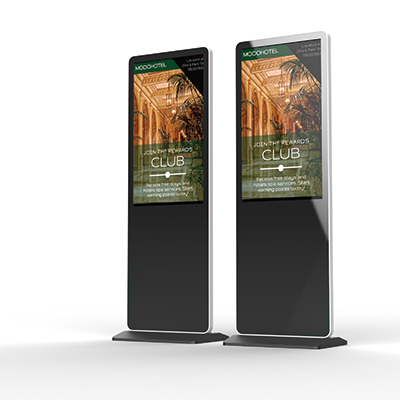
Stainless Steel: Corrosion-resistant and durable, ideal for withstanding harsh weather conditions.
Aluminum: Lightweight and rust-resistant, suitable for structural frames and enclosures.
Tempered Glass: Strong and shatter-resistant, used for touchscreens and protective covers.
Weatherproof Coatings: Applied to metal surfaces to provide protection against rain, UV rays, and extreme temperatures.
Composite Panels: Multi-layered and durable, offering insulation and weather resistance.
UV-Resistant Plastics: Used for protective covers and enclosures, resistant to fading and degradation from sunlight exposure.
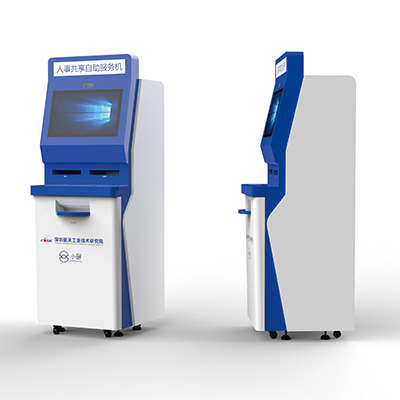
Kiosks are built using a variety of materials, each chosen for its specific properties to ensure durability, functionality, and aesthetic appeal. Stainless steel is commonly used for the structural frame and outer shell due to its corrosion resistance and strength, making it ideal for both indoor and outdoor environments. Aluminum is another popular choice, particularly for exterior panels, because it is lightweight, rust-resistant, and easy to mold into various shapes, allowing for sleek and modern designs. Tempered glass is frequently used for touchscreens and display areas, offering high strength and shatter resistance while providing clear visibility and a smooth touch experience.
Plastic panels, particularly those made from ABS or polycarbonate, are used for various enclosures and decorative elements. They are impact-resistant, UV-resistant, and can be easily colored or textured to match the kiosk's design. Composite panels, often a combination of aluminum and polyethylene, provide additional insulation and weather resistance, making them suitable for outdoor kiosks exposed to varying environmental conditions. Powder coating is applied to metal surfaces like steel and aluminum to enhance their durability, providing a scratch-resistant and weatherproof finish that also adds an extra layer of protection against rust and corrosion. Additionally, anti-glare coatings are used on display screens to reduce reflections and improve readability in bright conditions. Finally, rubber or silicone weather seals are employed around doors, panels, and joints to ensure the kiosk remains waterproof and resistant to dust and other external elements, further extending its lifespan and ensuring reliable performance in all conditions.
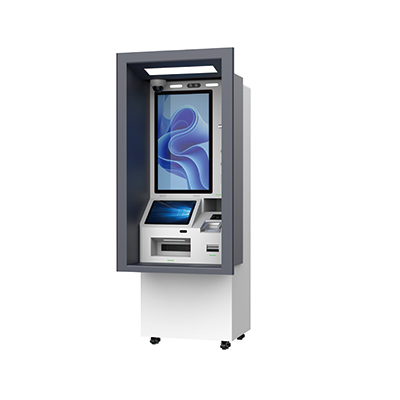
As a professional kiosk manufacturer, understanding the importance of material selection is crucial to creating durable, functional, and aesthetically pleasing kiosks. Stainless steel and aluminum are foundational materials in kiosk construction due to their corrosion resistance, strength, and ability to withstand harsh environments. While stainless steel offers unmatched durability, aluminum provides a lighter and cost-effective alternative, especially for sleek designs. Tempered glass is indispensable for touchscreens, offering both strength and clarity, ensuring a seamless user experience. Composite panels combine materials like aluminum and polyethylene, providing excellent insulation and weather resistance, making them ideal for outdoor applications.
The cost of materials varies significantly, with stainless steel being more expensive but offering superior durability, while plastic and composite panels provide more budget-friendly options without compromising on quality. However, with the increasing demand for sustainable solutions, the industry is shifting towards eco-friendly materials like recycled aluminum and biodegradable plastics. These options not only reduce environmental impact but also align with global trends towards sustainability.
Looking ahead, the future of kiosk materials lies in the development of smart materials that adapt to environmental conditions, enhancing energy efficiency and user interaction. Nanotechnology may also play a role in creating self-cleaning and anti-bacterial surfaces, particularly valuable in high-touch areas. As the industry evolves, the balance between cost, durability, and environmental responsibility will drive innovation, ensuring that kiosk materials continue to meet the demands of a changing world.






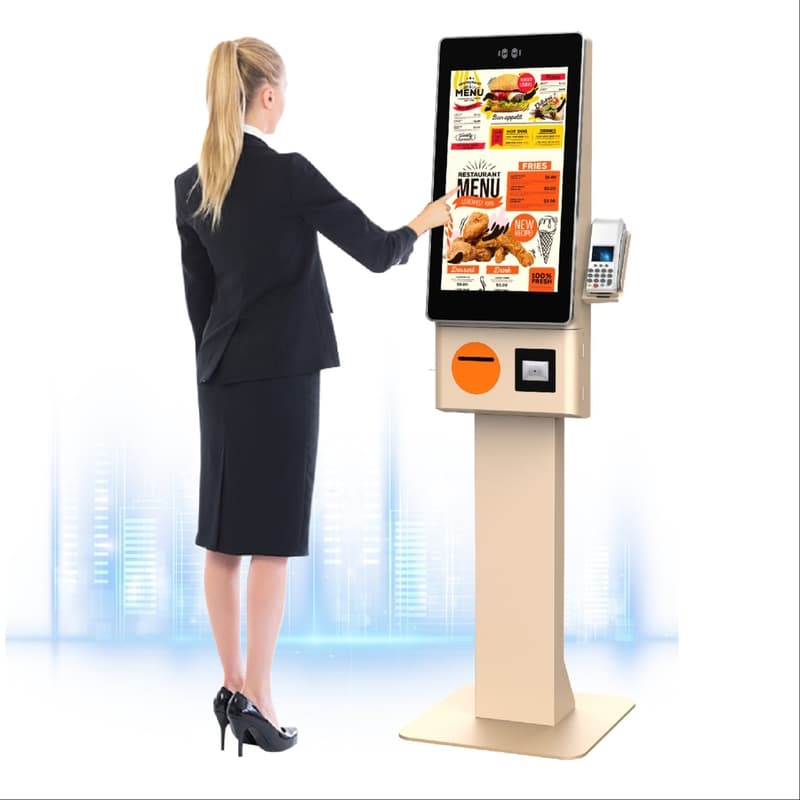
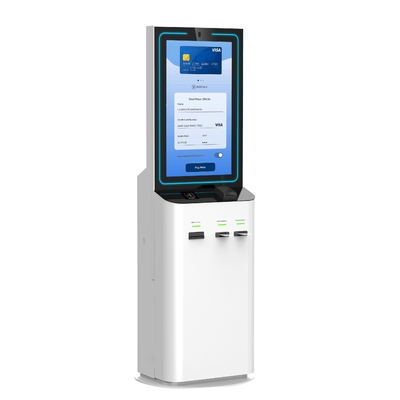
What did our happy clients say?
The in-depth analysis of kiosk materials in this article is truly impressive. It showcases the expertise and professionalism of Lean Kiosk System, making them a top recommendation for anyone seeking high-quality, durable, and sustainable kiosk solutions.
Lean Kiosk System has outdone itself with this insightful article on kiosk materials. The thorough exploration of cost, sustainability, and future trends reflects their deep industry knowledge, making them a go-to choice for kiosk manufacturing.
This article from Lean Kiosk System offers a masterful breakdown of kiosk materials, combining expertise with a clear vision for the future. Their commitment to quality and innovation is evident, making them a highly recommended manufacturer.
The detailed understanding of kiosk materials presented here is exceptional, highlighting Lean Kiosk System's leadership in the industry. Their focus on durability, sustainability, and innovation makes them the ideal partner for any kiosk project.